The vestibular system is a complex sensory system located in the inner ear that plays a crucial role in our sense of balance and orientation. When you turn your head to the right, there are specific vestibular nerves that fire to initiate and maintain your body’s equilibrium. Understanding how these nerves function and their importance in our daily activities can provide valuable insights into our overall well-being.
Understanding the Vestibular System
The vestibular system consists of several components that work together to provide us with a sensory perception of motion, balance, and spatial orientation. One of the key components of this system is the vestibular nerve, which carries sensory information from the inner ear to the brain.
The Role of the Vestibular System in Balance and Orientation
The vestibular system plays a vital role in maintaining our balance and orientation. It constantly monitors the position and movement of our head and body, allowing us to adjust our posture and maintain stability. When we turn our head to the right, the vestibular system detects this motion and triggers a series of responses to keep us oriented and stable.
Imagine walking on a narrow and winding path along the edge of a cliff. Without the vestibular system, this task would be incredibly challenging. The vestibular system helps us maintain our balance by providing us with a constant stream of information about the position of our head and body in relation to gravity. It allows us to make quick adjustments to our posture and movements, ensuring that we stay upright and avoid falling off the edge.
Not only does the vestibular system help us maintain balance, but it also plays a crucial role in our spatial orientation. It provides us with a sense of where we are in relation to our surroundings, allowing us to navigate through our environment with ease. Whether we are walking, running, or even driving, the vestibular system helps us maintain a sense of direction and spatial awareness.
Anatomy of the Vestibular System
The vestibular system is composed of a network of structures within the inner ear, including the semicircular canals and the vestibule. These structures contain fluid-filled chambers and delicate hair-like sensors called hair cells. When the head moves, the fluid in the inner ear moves, stimulating the hair cells and sending electrical signals to the brain via the vestibular nerve.
The semicircular canals, which are three bony tubes arranged in different planes, detect rotational movements of the head. Each canal is filled with fluid and lined with hair cells that are sensitive to the movement of the fluid. When we rotate our head, the fluid in the corresponding canal moves, bending the hair cells and generating electrical signals that are transmitted to the brain.
The vestibule, located between the semicircular canals and the cochlea, contains two structures called the utricle and the saccule. These structures detect linear movements and changes in head position. They are also filled with fluid and lined with hair cells that respond to the movement of the fluid. When we move our head forward, backward, or tilt it to the side, the fluid in the utricle and saccule moves, stimulating the hair cells and sending signals to the brain.
Together, the semicircular canals and the vestibule provide us with a comprehensive picture of our head movements and position in space. This information is crucial for maintaining balance and coordinating our movements in a three-dimensional world.
The Vestibular Nerves: Superior and Inferior
The vestibular system is a complex network of structures located in the inner ear that plays a vital role in maintaining our balance and spatial orientation. It is served by two primary vestibular nerves, namely the superior and inferior vestibular nerves. Each of these nerves has distinct functions and contributes to different aspects of balance and orientation.
Functions of the Superior Vestibular Nerve
The superior vestibular nerve, also known as the superior branch of the vestibular nerve, is responsible for transmitting sensory information related to head rotation and tilting to the brain. This nerve plays a crucial role in our ability to detect angular acceleration and changes in head position.
When we turn our head or tilt it to one side, the superior vestibular nerve sends signals to the brain, allowing us to perceive these movements accurately. It works in coordination with the semicircular canals, which are fluid-filled structures in the inner ear that detect rotational movements. The superior vestibular nerve carries these signals from the semicircular canals to the brain, providing us with a sense of balance and spatial orientation.
In addition to its role in detecting head movements, the superior vestibular nerve also contributes to our sense of equilibrium. It helps us maintain a stable posture and adjust our body position accordingly. This nerve works in conjunction with other components of the vestibular system, such as the otolith organs, which detect linear acceleration and changes in head position.
Functions of the Inferior Vestibular Nerve
The inferior vestibular nerve, also known as the inferior branch of the vestibular nerve, serves as the main pathway for transmitting sensory information related to linear acceleration and changes in vertical head position. This nerve plays a crucial role in helping us maintain our balance and perceive gravitational forces.
When we walk, run, or engage in any activity that involves linear motion, the inferior vestibular nerve is responsible for relaying the sensory signals associated with these movements to the brain. It works in conjunction with the utricle and saccule, which are the otolith organs in the inner ear that detect linear acceleration and changes in head position.
The inferior vestibular nerve also contributes to our ability to perceive changes in vertical head position. When we move our head up or down, this nerve sends signals to the brain, allowing us to maintain our balance and adjust our body position accordingly. It works in coordination with the other components of the vestibular system, ensuring that we have a clear perception of our spatial orientation.
In conclusion, the superior and inferior vestibular nerves are essential components of the vestibular system. They play distinct roles in transmitting sensory information related to head movements, balance, and spatial orientation to the brain. Understanding the functions of these nerves helps us appreciate the complexity of the vestibular system and its crucial role in our daily activities.
The Rightward Head Turn and Vestibular Nerve Activation
When you turn your head to the right, a specific sequence of events takes place within the vestibular system, leading to the activation of the appropriate nerve pathways. Understanding this mechanism can shed light on the incredible coordination involved in something as seemingly simple as head movement.
The Mechanism of Head Turn and Nerve Response
When you turn your head to the right, the fluid in the semicircular canals of the inner ear moves in response to the change in head position. This movement stimulates the hair cells specifically associated with the rightward head turn, resulting in an electrical signal transmitted via the vestibular nerve.
But what exactly happens within the semicircular canals? These fluid-filled structures are responsible for detecting rotational movements of the head. Each canal is oriented in a different plane, allowing for the detection of movement in all directions. When you turn your head to the right, the fluid in the horizontal semicircular canal moves, bending the hair cells located within it. These hair cells are equipped with tiny hair-like projections called stereocilia, which convert the mechanical movement of the fluid into electrical signals that can be interpreted by the brain.
Once the electrical signal is generated, it travels along the vestibular nerve, a branch of the eighth cranial nerve, also known as the vestibulocochlear nerve. This nerve is responsible for transmitting sensory information related to balance and spatial orientation from the inner ear to the brain. As the electrical signal travels along the vestibular nerve, it carries crucial information about the rightward head turn, allowing the brain to process and respond accordingly.
The Specific Vestibular Nerve Involved in Rightward Head Turn
In the case of a rightward head turn, the superior vestibular nerve is primarily activated. This nerve, also known as the superior branch of the vestibular nerve, relays the sensory information about the head movement to the brain, allowing for the appropriate adjustments in posture, balance, and orientation.
But what happens once the superior vestibular nerve reaches the brain? The information it carries is received by several structures, including the vestibular nuclei, located in the brainstem. These nuclei play a crucial role in integrating the sensory input from the vestibular system with other sensory systems, such as vision and proprioception, to maintain balance and coordinate movements.
Furthermore, the information from the superior vestibular nerve is also transmitted to other areas of the brain, such as the cerebellum and the cerebral cortex. The cerebellum, often referred to as the “little brain,” is responsible for fine-tuning movements and ensuring their smooth execution. The cerebral cortex, on the other hand, is involved in higher-level processing and interpretation of the sensory information, allowing for conscious awareness of head movements and spatial orientation.
Overall, the rightward head turn and the activation of the superior vestibular nerve involve a complex interplay between the inner ear, the vestibular nerve, and various brain structures. This intricate mechanism allows us to effortlessly navigate our surroundings, maintain balance, and make precise movements, highlighting the remarkable coordination of our sensory and motor systems.
The Impact of Vestibular Nerve Dysfunction
When the vestibular nerves are not functioning properly, it can have a significant impact on an individual’s balance and overall quality of life. Vestibular nerve disorders can cause various symptoms and may require medical intervention for proper diagnosis and management.
The vestibular system, which includes the vestibular nerves, is responsible for maintaining balance and spatial orientation. It helps us stay upright, walk in a straight line, and coordinate our movements. When the vestibular nerves are affected, it can disrupt the signals sent to the brain, leading to a range of symptoms.
Symptoms of Vestibular Nerve Disorders
Common symptoms of vestibular nerve disorders include dizziness, vertigo, loss of balance, difficulty walking, and nausea. These symptoms can significantly affect one’s ability to perform daily activities and can lead to a decreased quality of life.
Dizziness is a sensation of lightheadedness or unsteadiness. It can make it challenging to stand or walk without feeling off-balance. Vertigo, on the other hand, is a spinning or whirling sensation, as if the world around you is moving. It can be accompanied by nausea and vomiting, making it difficult to function normally.
Loss of balance and difficulty walking are also common symptoms of vestibular nerve disorders. Individuals may feel unsteady on their feet, stumble frequently, or have trouble maintaining their balance on uneven surfaces. These symptoms can make it unsafe to perform activities that require coordination and agility, such as driving or participating in sports.
Diagnosis and Treatment Options for Vestibular Nerve Disorders
Diagnosing the underlying cause of vestibular nerve disorders requires a comprehensive evaluation by a healthcare provider, typically an otolaryngologist or a neurologist. They may employ various tests, such as audiometry, electronystagmography, and imaging studies, to assess the function of the vestibular system.
Audiometry is a hearing test that can help determine if there is any hearing loss associated with the vestibular nerve disorder. Electronystagmography measures eye movements to evaluate the function of the vestibular system. Imaging studies, such as magnetic resonance imaging (MRI), may be used to identify any structural abnormalities in the inner ear or brain that could be causing the symptoms.
Once a diagnosis is made, treatment options can be explored. Vestibular rehabilitation is a common approach that involves exercises and maneuvers aimed at retraining the brain to compensate for the vestibular dysfunction. These exercises can help improve balance, reduce dizziness, and enhance overall function.
Medication may also be prescribed to manage symptoms such as dizziness and nausea. Medications like antihistamines, antiemetics, and benzodiazepines can help alleviate these symptoms and improve the individual’s quality of life.
In some cases, surgical intervention may be necessary. This could involve procedures to repair or remove any structural abnormalities in the inner ear or to decompress the vestibular nerve. Surgery is typically considered when conservative treatments have failed to provide relief or when there is a clear anatomical issue that can be addressed.
It is essential to consult with a healthcare professional for individualized treatment recommendations. Each person’s vestibular nerve disorder is unique, and the appropriate treatment plan will depend on the underlying cause, severity of symptoms, and individual factors.
Frequently Asked Questions about Vestibular Nerves
Here are answers to a couple of frequently asked questions regarding vestibular nerves:
Can Vestibular Nerve Damage be Repaired?
The ability of vestibular nerves to regenerate and heal varies depending on the extent and cause of the damage. Some minor forms of nerve damage may improve over time, while more severe cases may require ongoing management and rehabilitation. Consulting with a healthcare professional is crucial to determine the appropriate treatment plan for vestibular nerve damage.
Vestibular nerve damage can occur due to various factors, including head trauma, infections, tumors, or certain medications. When the vestibular nerves are damaged, it can disrupt the transmission of signals between the inner ear and the brain, leading to symptoms such as dizziness, vertigo, imbalance, and difficulty with coordination.
Rehabilitation techniques, such as vestibular exercises and balance training, can help individuals with vestibular nerve damage improve their symptoms and regain their balance. These exercises focus on stimulating the vestibular system and promoting compensation for the damaged nerves. Additionally, medications may be prescribed to manage specific symptoms associated with vestibular nerve damage, such as nausea or vertigo.
How Does Aging Affect the Vestibular Nerves?
As we age, various changes occur within the vestibular system, including a gradual decline in the number of functioning hair cells and diminished overall vestibular function. These age-related changes can contribute to increased dizziness, balance problems, and a higher risk of falls.
The aging process affects the vestibular system in multiple ways. Firstly, the number of hair cells within the inner ear, which are responsible for detecting movement and changes in head position, gradually decreases over time. This reduction in hair cells can result in a decreased ability to sense motion accurately, leading to a decline in vestibular function.
In addition to the decrease in hair cells, the blood supply to the vestibular system may also diminish with age. This reduced blood flow can further compromise the function of the vestibular nerves and contribute to balance problems.
Regular check-ups with a healthcare professional can help monitor and manage age-related changes in the vestibular system. They may recommend specific exercises and lifestyle modifications to improve balance and reduce the risk of falls. In some cases, hearing aids or other assistive devices may be prescribed to enhance communication between the vestibular system and the brain.
In conclusion, the vestibular system plays a crucial role in maintaining our balance and spatial orientation. The vestibular nerves, along with other structures within the inner ear, work together to transmit signals to the brain, allowing us to perceive motion and adjust our posture accordingly.
Understanding the functions, anatomy, and potential dysfunctions of the vestibular nerves can shed light on the intricate processes involved in something as fundamental as turning our heads. If you experience any issues with your vestibular system or have concerns about your balance, it is important to consult with a healthcare professional for a thorough evaluation and appropriate management.




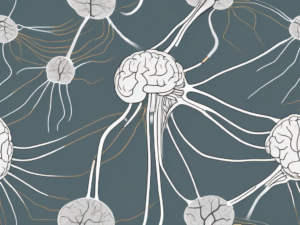
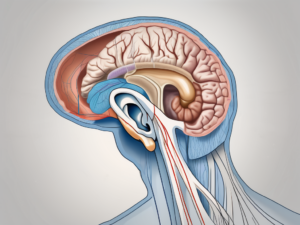
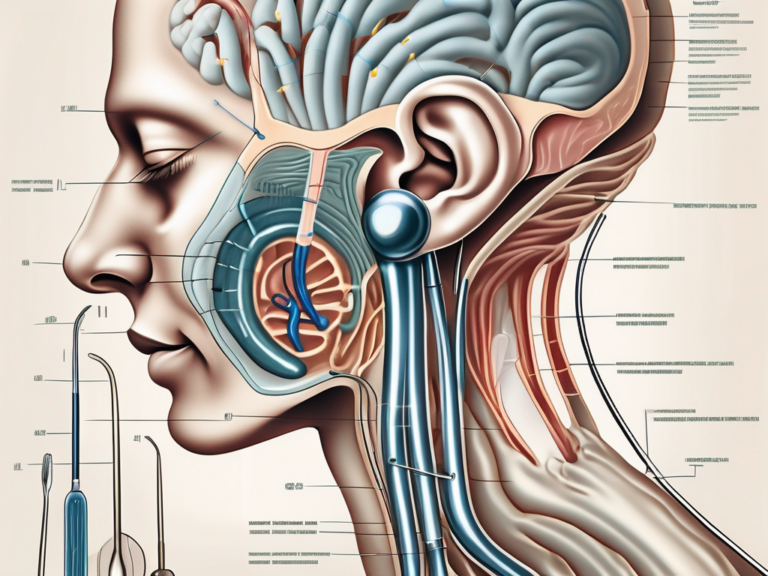
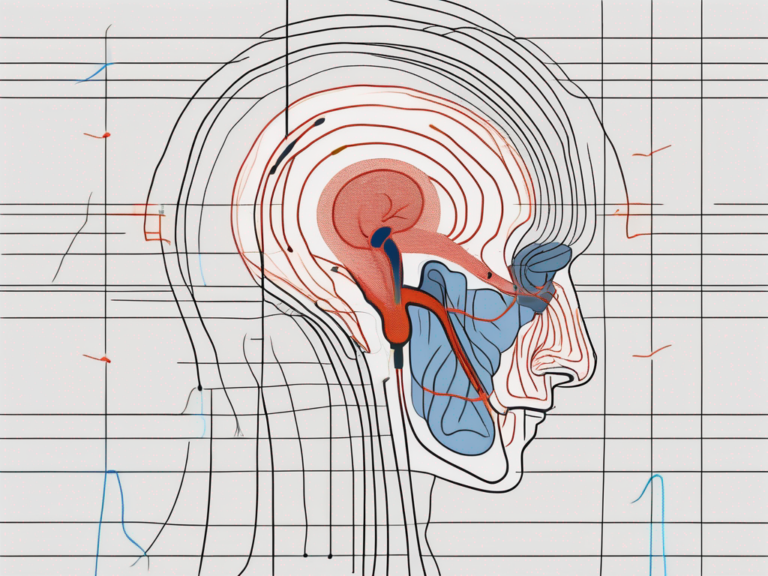
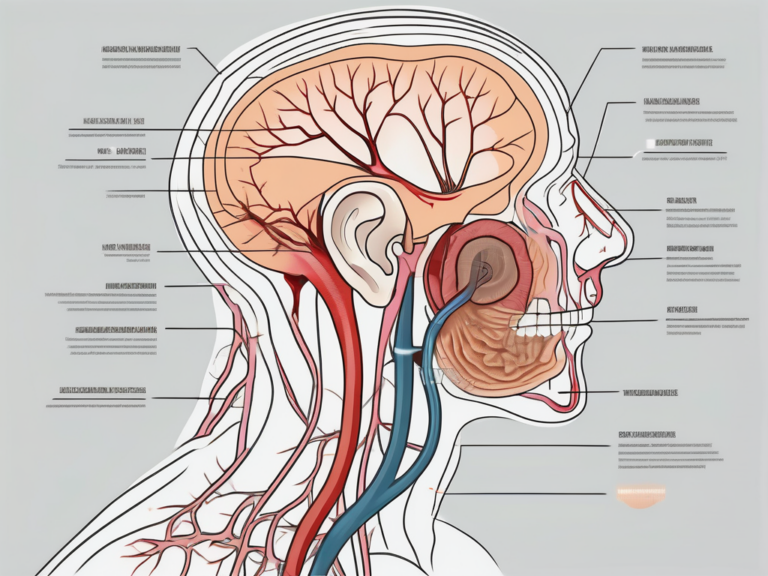
+ There are no comments
Add yours